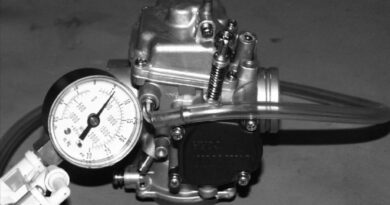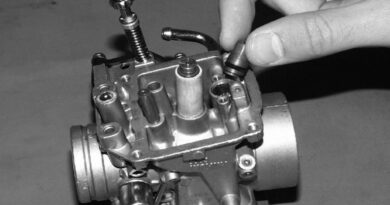Arctic Cat 400 No Spark or Weak

Arctic Cat 400 No Spark or Weak refers to a problem encountered in the Arctic Cat 400 all-terrain vehicle (ATV) where there is either no spark or a weak spark being produced by the ignition system. This issue can prevent the ATV from starting or cause it to run poorly. Symptoms of no or weak spark may include difficulty starting the engine, intermittent or erratic engine operation, misfires, or a complete lack of power. It indicates a malfunction in the ignition system, which can be caused by various factors such as faulty ignition coils, spark plugs, ignition module, wiring issues, or a malfunctioning stator. Proper diagnosis and repair are necessary to restore the ignition system’s functionality and resolve the issue.
Weak or No Spark
The Arctic Cat 400 No Spark or Weak condition can be caused by various factors, and here is a detailed explanation of the possible causes and remedies:

- Ignition coil defective: The ignition coil is an electrical device responsible for firing the explosive mixture in the engine. A defective ignition coil can result in no spark or weak spark. To check the ignition coil, follow these steps:
a. Disconnect the spark plug wire from the spark plug.
b. Use a multimeter to measure the resistance between the ignition coil’s primary and secondary terminals. Compare the readings with the specifications provided in the service manual.
c. If the resistance readings are outside the specified range, replace the ignition coil. - Spark plug defective: A faulty spark plug can prevent proper ignition, leading to a weak or no spark. Here’s how to check and replace the spark plug:
a. Remove the spark plug using a spark plug socket and wrench.
b. Inspect the spark plug for any signs of damage, such as worn electrodes or carbon deposits. If the spark plug is damaged or fouled, replace it with a new one, ensuring it matches the recommended specifications. - Alternator defective: The alternator (stator coil) generates electrical power for the ATV’s electrical system, including the ignition system. If the alternator is defective, it can result in a weak or no spark. To diagnose and replace the alternator, follow these steps:
a. Consult the service manual for the specific testing procedures and specifications for the alternator.
b. Use a multimeter to measure the alternator’s output voltage and resistance readings. Compare them with the specified values.
c. If the readings are outside the acceptable range, replace the stator coil (alternator) with a new one. - CDI unit defective: The CDI (Capacitor Discharge Ignition) unit controls the timing and voltage of the ignition system. A faulty CDI unit can cause weak or no spark. To diagnose and replace the CDI unit:
a. Consult the service manual for the CDI unit testing procedures and specifications.
b. Use a multimeter to check the CDI unit’s output voltage and resistance readings, comparing them to the specified values.
c. If the readings are outside the acceptable range or if there are no voltage readings, replace the CDI unit with a new one. - Pick-up coil defective: The pick-up coil (also known as the pulse coil) provides the necessary electrical signal to the CDI unit for proper ignition timing. If the pick-up coil is defective, it can result in no spark or weak spark. To check and replace the pick-up coil:
a. Consult the service manual for the specific testing procedures and specifications for the pick-up coil.
b. Use a multimeter to measure the pick-up coil’s resistance and compare it to the specified range.
c. If the resistance is outside the acceptable range or there is no continuity, replace the pick-up coil.
Remember to always refer to the service manual for accurate specifications and testing procedures specific to your Arctic Cat 400 ATV model. It’s essential to take proper safety precautions and consult a professional mechanic if you’re unsure or uncomfortable performing the diagnostic tests and repairs.




